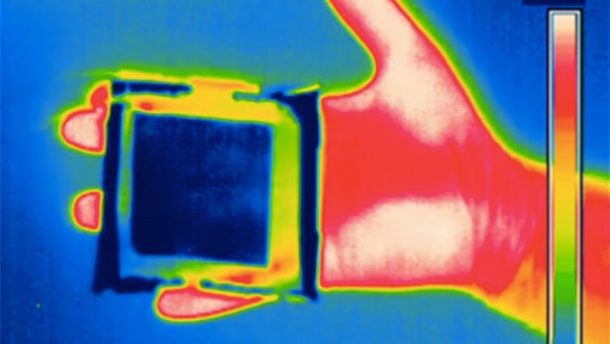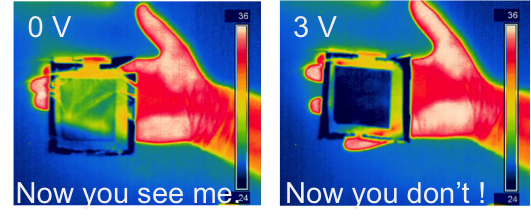An international team led by Manchester’s Coskun Kocabas have developed a new thin, light, and flexible thermal camouflage material made up of three layers. The topmost layer is then further composed of multiple sub-layers of graphene and serves as an electrode.
The bottom layer also serves as an electrode of opposite polarity and is made up of heat-resistant nylon coated with gold. These two layers have a layer sandwiched in-between them which is soaked in an ionic liquid that contains both negatively and positively charged ions.

The ions temporarily travel from the membrane to the graphene when a small electrical current is applied to the material. This happens within seconds and the amount of infrared radiation emitted through the surface of the material is reduced drastically.
It is this infrared radiation that is detected by most night vision cameras using their thermal imaging system. The thermal camouflage material was successful in masking the heat signature of a person’s hand during testing in the laboratory.

It automatically adapted the temperature of its environment and blended in with the surroundings. The scientists are now hoping that this technology will be used in applications like adaptive heat shields for satellites rather than just hiding stuff from thermal imaging systems.


